Nick Timiraos, the experienced economics reporter for the Wall Street Journal, nicknamed the “FED spokesman”, shared the latest statements by FED Board Member Chris Waller with the public. Waller’s statements indicate that he has a more dovish stance than the general discourse within the FED.
Waller considered two different scenarios in the context of current economic conditions and the potential impact of trade tariffs in particular: a high-tax scenario and a low-tax scenario, Timiraos reported.
High Tariff Scenario: Inflation Temporary, Recession Risk More Significant
According to Waller, if the average 25% tariffs remain in place, this could cause core PCE inflation to rise to 4% to 5% in 2025. However, Waller argues that this effect will be temporary and that the Fed can “look past” such temporary inflationary pressures, citing the continuation of the tight monetary policy stance, stable inflation expectations and the significant slowdown in the economy that is putting pressure on prices.
Waller stated that in this scenario, the Fed could cut interest rates earlier and more rapidly than expected if necessary, and said, “When the economy is slowing down rapidly, even if inflation remains above 2%, the risk of a recession outweighs the risk of a short-term increase in inflation.”
Referring to the policy mistakes in the 2021-2022 period, Waller said, “It would not be right to completely ignore similar analyses just because things did not go as expected in that period.”
Low Duty Scenario: Less Inflationary Pressure, More Limited Intervention
Waller, who stated that in the case of a more moderate trade policy, that is, if only the basic 10% tariffs were maintained and the others were removed, the increase in inflation would be much more limited, in which case the peak inflation rate would remain around 3% on an annual basis. He stated that in this scenario, inflationary effects could emerge more slowly but could also be longer lasting.
In this context, Waller said that the FED’s interest rate cut pressure may decrease and the monetary policy response may remain limited, and noted that if there is more evidence that inflation is moving towards the 2% target in the second half of the year, interest rate cuts may be on the agenda again.
According to Timiraos’ analysis, Waller’s statements show that he has a more flexible approach than the “low inflation determination” line that dominates the Fed. While most other members adopt a more hawkish stance in order to keep inflation expectations under control, Waller sees the risk of an economic slowdown as a more pressing threat.
*This is not investment advice.
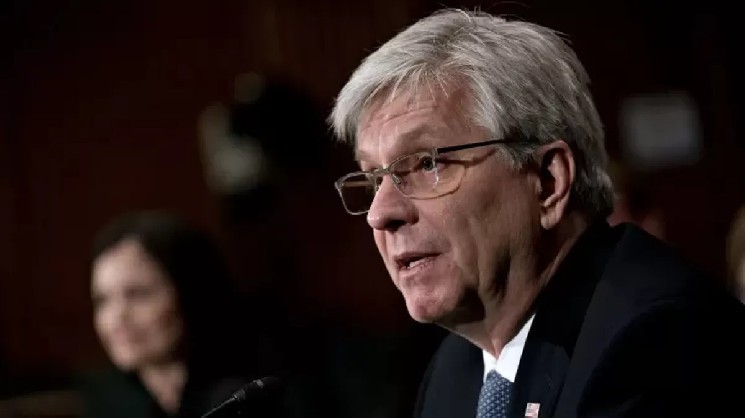
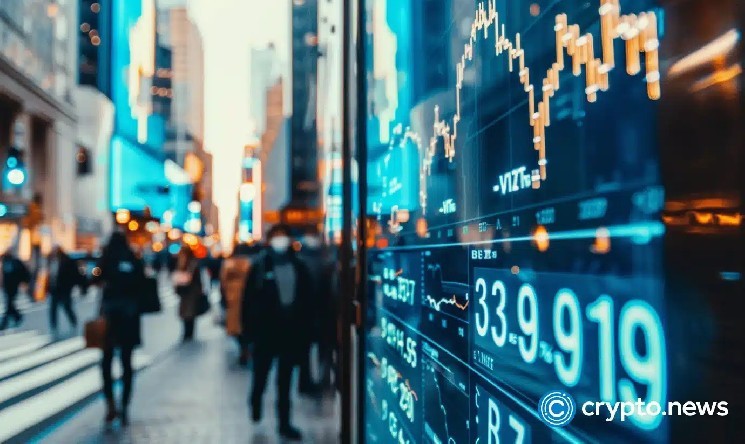
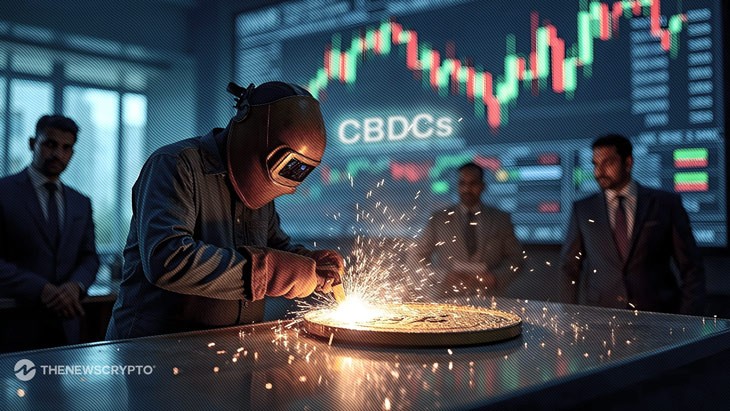

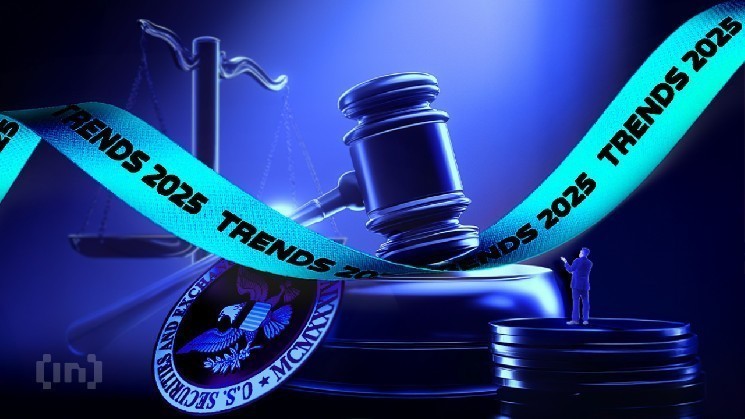

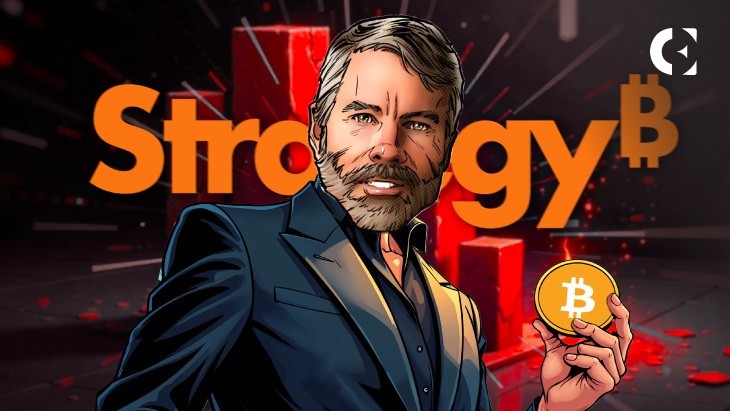
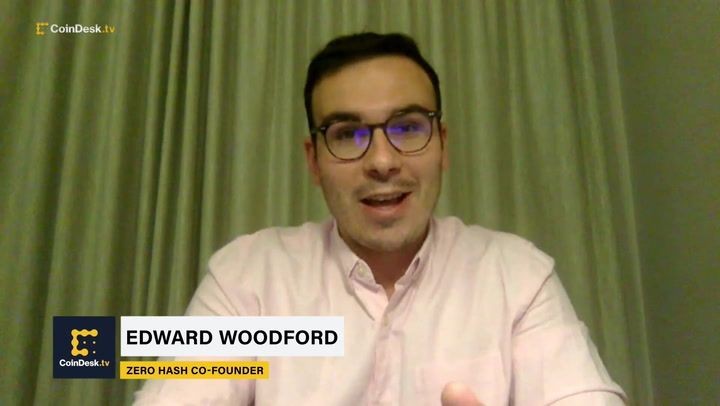


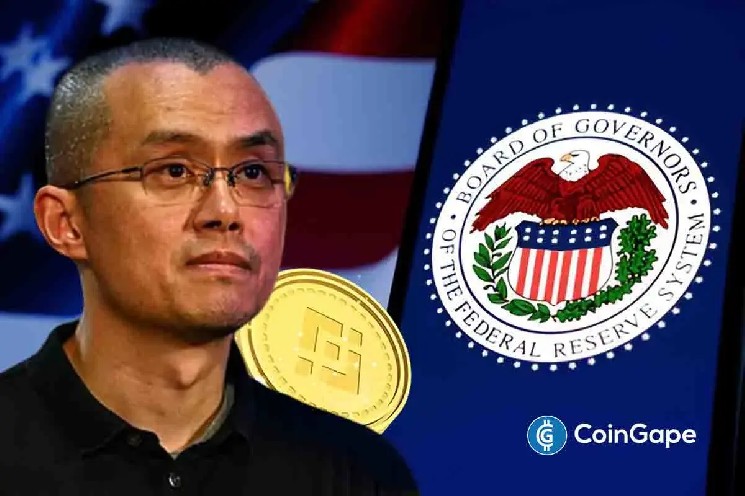
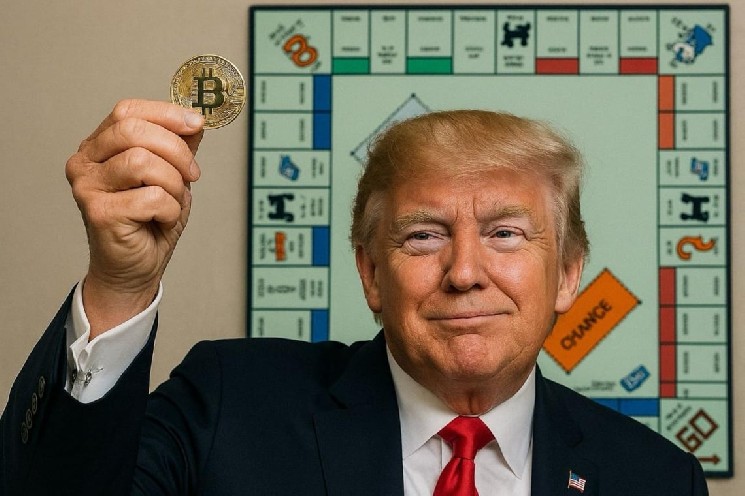
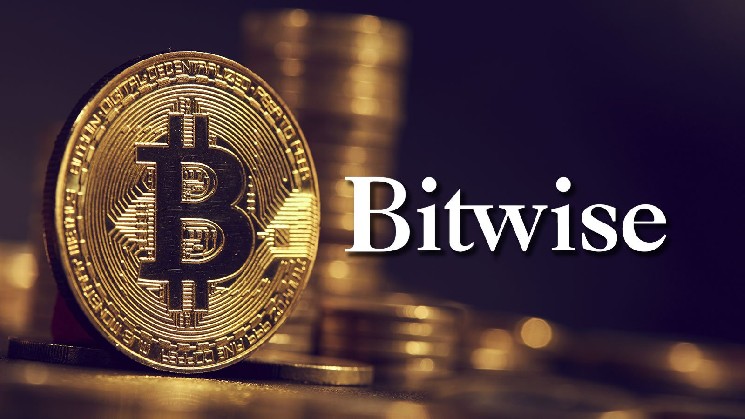


Leave a Reply